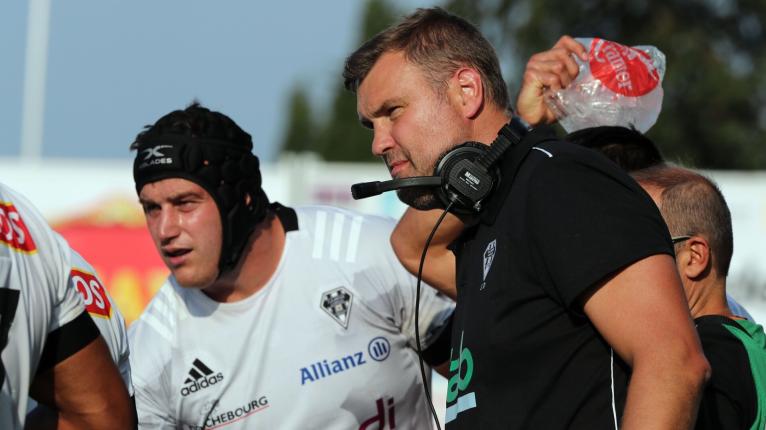Every British and Irish Lions tour has a handful of players who happen to be in the right place at the right time to get picked.
A squad will have players that were always guaranteed to be selected, but it will equally have those that happened to peak in the months preceding the tour, many of whom see their careers peter out after the tour or not flourish as much as some would have expected.
That is why the Six Nations before a tour is crucial for any bolters hoping to be selected a few months later.
This was demonstrated perfectly in the 2013 Six Nations decider, where England’s 30-3 loss to Wales in Cardiff was effectively a ceremonial handing over of plane tickets to Australia between the two sides. Some England players lost far more than a Grand Slam on that evening.
But every tour has players whose Test careers may not have been particularly long or as grand as some of their Lions teammates.
So here are players who peaked at the right time to make an original Lions squad:
2017 – NEW ZEALAND
Ben Te’o
League convert Ben Te’o only had three England caps going into the 2017 Six Nations and only won 10 more after the Lions tour, but his displays that year earned him a starting berth in the first Test against the All Blacks to counter Sonny Bill Williams.
Tommy Seymour
Tommy Seymour was an ever-present for Scotland between 2013 and 2019 across his 55 caps, but a promising Six Nations personally and for Scotland as a whole opened the door for his selection. He retired from Test rugby in 2019.
Jared Payne
A head injury sustained during this Lions tour ended Jared Payne’s career, so he may have earned more caps, but his Test career was less than two-and-a-half years when he was selected in 2017. He earned 20 caps for Ireland.
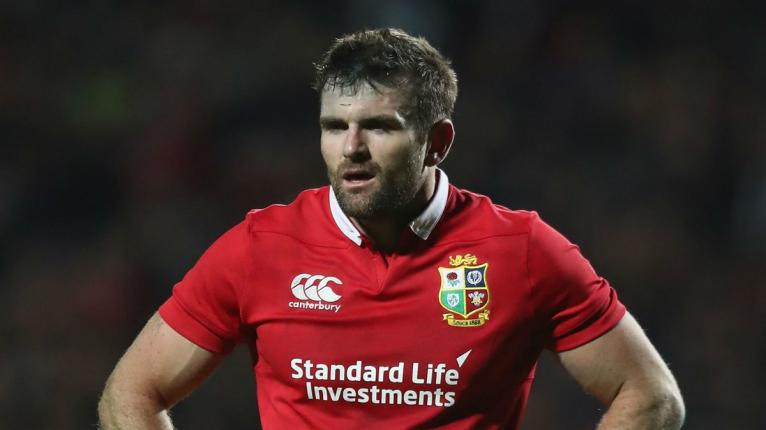
2013 – AUSTRALIA
Matt Stevens
Though Matt Stevens did go on the 2005 tour, his 2013 was still a shock nonetheless as he had retired from international rugby in 2012. But some fine form for Saracens that year, combined with his ability to cover both sides of the scrum, got Stevens on the plane.
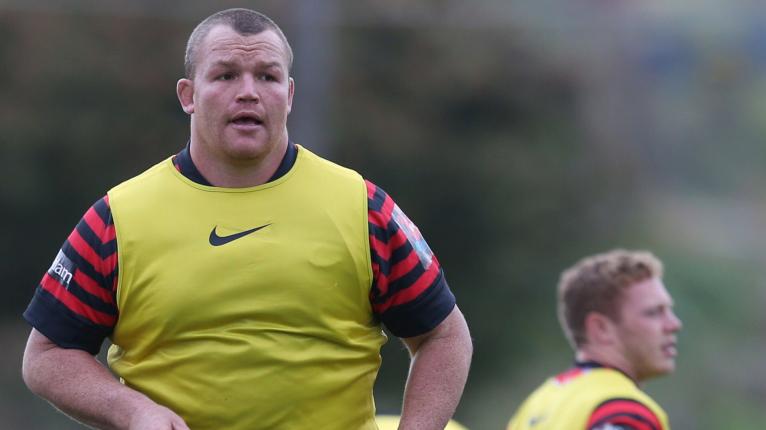
Richard Hibbard
Dragons hooker Richard Hibbard’s 41-cap Wales career may have spanned between 2006 and 2015, but he only started 22 of those matches. However, he was the first choice at the right time for Wales’ in their 2013 Six Nations win under Warren Gatland.
Tom Youngs
Tom Youngs was another hooker from this tour who peaked at the right time (which perhaps reflects the options Gatland had). His England career only lasted three years, but he too was Stuart Lancaster’s starting hooker in 2013. He would then have to settle for being second choice until the 2015 World Cup.
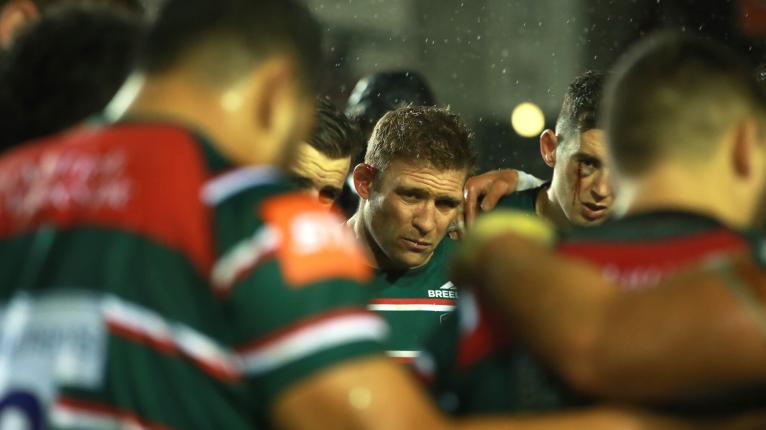
2009 – SOUTH AFRICA
Lee Mears
In the year-and-a-half leading up to the 2009 Lions tour, Lee Mears started all 13 matches he played for England. Outside of that, he was on the bench for 26 of the other 29 Tests. But his form in 2008/09 was all that counted.
Andy Powell
It may surprise some how short Andy Powell’s Wales career was – only 23 caps between 2008 and 2012. But in 2009 the back row enforcer was a clearcut option to travel to South Africa.

Riki Flutey
Former Wasps centre Riki Flutey earned nine of his 14 England caps in the eight months leading up to the Lions tour, and a marvellous display against France at Twickenham in the 2013 Six Nations may have convinced Sir Ian McGeechan to choose him.
Ugo Monye
Like Flutey, Ugo Monye had not played a lot of Test rugby before the Lions tour, but he had shown enough in his six England appearances to earn a starting berth in the first in Durban. He only earned eight more caps after the tour.
Luke Fitzgerald
The stars aligned for then-21-year-old Luke Fitzgerald in 2009. A Grand Slam with Ireland and a Heineken Cup win with Leinster that year ensured his place on the tour, but he would only be an Ireland regular for two more years before injuries started to disrupt his career. 34 caps for Ireland was ultimately a modest return considering his talents.
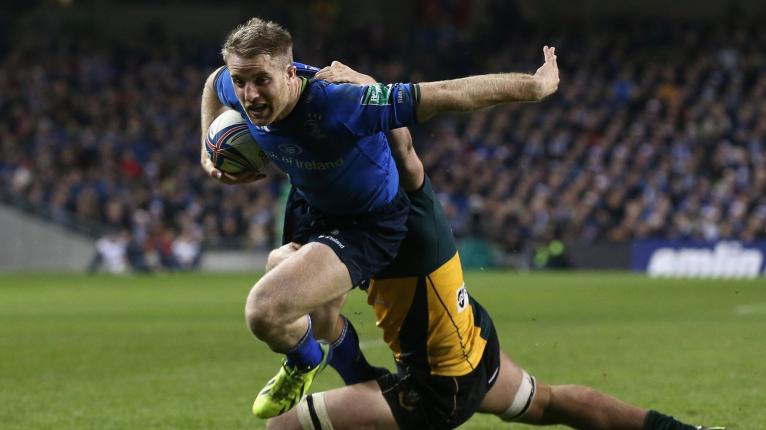
2005 – NEW ZEALAND
Andy Titterrell
The sole possessor of four England caps (all from the bench) before being selected for the 2005 Lions, Andy Titterrell was a beneficiary of Sir Clive Woodward’s extensive squad after a promising season with Sale Sharks.
Michael Owen
Wales’ 2005 Grand Slam-winning captain Michael Owen was a mainstay for the national team between 2004 and 2006, and earned a place on the NZ tour as result.
Ollie Smith
Back in 2005, 22-year-old Leicester Tigers centre Ollie Smith was one of England’s brightest prospects, and went on tour with only five caps to his name. He would not earn another after that tour though.
Gavin Henson
Gavin Henson was a household name back in 2005 and that was largely due to his purple patch and heroics in Wales’ Grand Slam, which made him a shoo-in for the Lions. After that though he was not the model of consistency in a Wales shirt, with off-field distractions and near-constant club changes diminishing his undoubtedly talents.
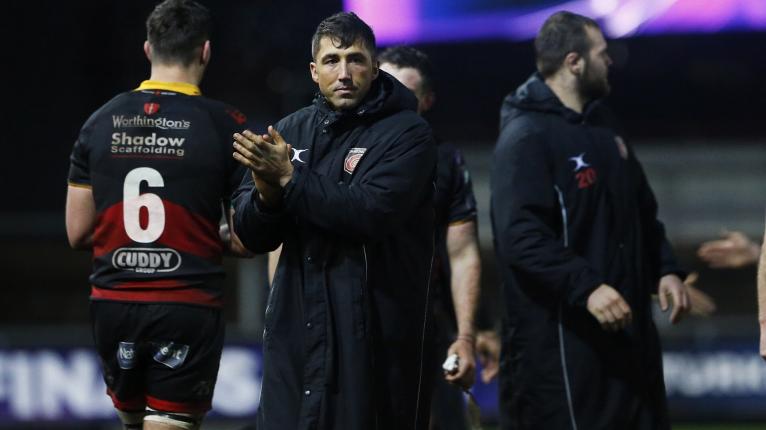
2001 – AUSTRALIA
Matt Perry
Bath and England fullback Matt Perry’s Test career lasted only four years between 1997 and 2001, but in that time he was mainstay for England in the 15 shirt and started all three Tests against Australia for the Lions. However, he never played an international match after that.
Rob Henderson
Former Munster and Ireland centre Rob Henderson’s Test career was brief but impressive, and he was at his rampaging best in the years leading up to the 2001 Tour, which meant he started all three matches against the Wallabies.
Darren Morris
For former Leicester and Wales prop Darren Morris, the majority of his Test caps came in 2001, which was perfect timing.
Phil Greening
Former England Sevens captain Phil Greening peaked in the two years prior to the 2001 tour, which earned him a place in the squad. He only won one more cap though before an early retirement.
1997 – SOUTH AFRICA
Tim Stimpson
Former Leicester fullback Tim Stimpson produced his best form for England in 1997 as a 23-year-old, but never consistently played for England after that.
John Bentley
Two of John Bentley’s six international caps came for the Lions on this tour in a career where he moved between union and league, but he is eternised for his solo effort against Gauteng Lions.
Jeremy Davidson
Ireland lock Jeremy Davidson’s 35-cap Test career only spanned six years, but in that time he fitted in the 1997 and 2001 Lions tours, starting in all three fixtures against the Springboks.
